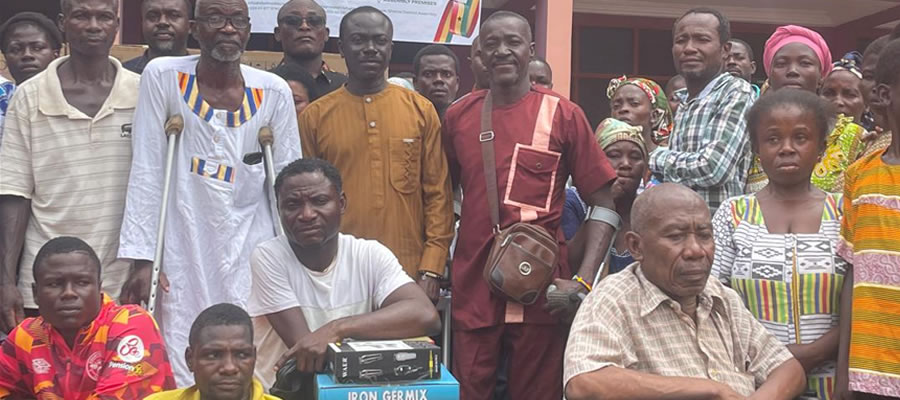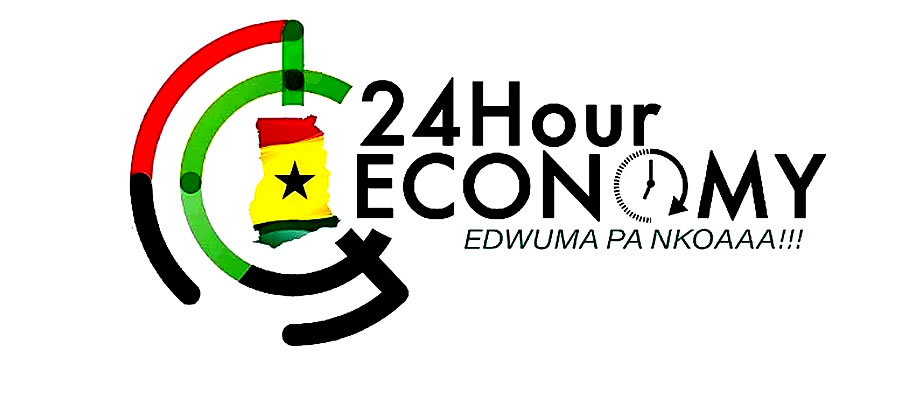

Introduction
The 2010 Population and Housing Census gathered data on economic characteristics of the population 15 years and older. The data on economic characteristics are needed for planning, monitoring and evaluating the impacts of social intervention programmes in the Shama District. Data gathered included activity status, type of occupation, major industry and employment status during the seven (7) days preceding the Census Night.
Economic Activity Status
Economic activity status refers to economic or non-economic activities carried out by persons within seven (7) days preceding the census night.
Table 4.1 show the economic activity status of the population 15 years and older by sex in the Shama District. The Table indicates that 68.5 percent of the population (both sexes) is economically active and 31.5 percent are economically not active. Within the economically active population, 92.5 percent are employed and 7.5 percent are unemployed. The data shows marginal differences in activity status of males and females. There are slightly more females employed (92.8%) than males (92.1%) while the proportion of unemployed males (7.9%) is higher than females (7.2%).
Table 4.2 provides information on economic activity status of population 15 years and older by sex and age of the Shama District. In the Table, proportions of persons 15 years and older employed (63.4%), unemployed (95.1%) and economically not active (31.5%) are shown. The proportion of the age group 15-19 years employed is 17.6 percent out of 78.4 percent economically not active. Proportion of employed persons increases consistently from 51.8 percent at the age group 20-24 years to the peak (89.7%) at the age group 35-39 years and declines gradually to 67.0 percent with increasing age (60-64 years). The proportion of persons employed as shown in the Table drops sharply to 42.6% at the age of 65 years.
On the contrary, the economically not active population is predominant for the age groups 15-19, 20-24 and the 60 years and older. As observed in Table 4.2, proportions of unemployed persons are relatively low among the age groups. The highest proportion (11.3%) of unemployed persons is observed in the age group 20-24 years, while the lowest proportion (0.7%) is in the age group 65 years and older. Table 4.2 further indicates that there is no significant difference between the proportion of males (63.4%) and females (63.3%) employed. The highest proportion (91.4%) of males employed is in the age group 35-39 years, while the highest proportion (88.6%) of females employed is in the age group 40-44 years.
Table 4.3 provides information on the employed population 15 years and older by occupation and sex. The Table shows that skilled agricultural forestry and fishery (31.7%) is the major occupation for persons 15 years and older in the Shama District. Proportions of occupations such as crafts and related trades 28.4 %); and service and sales (18.3%) are relatively higher compared to the other occupations in the District. Males in Agriculture (42.5%) are higher than females (22.9%).The main occupation dominated by females in the District is craft and related trade (34.4%) and service and sales (27.3%).
Table 4.4 presents information on the employed population 15 years and older by industry and sex. From the able, agriculture (including forestry and fishing) employs majority (32.4%) of persons aged 15 years and older with significant proportions of males (43.3%) and females (23.5%). After agriculture, the manufacturing sector is the second highest which employs 23.4 percent of the population in the District. Interestingly, there is significant difference in the proportion of males and females employed in the manufacturing sector. The manufacturing sector employs only 10.8 percent of the male population, while 33.7 percent of females are employed.
The construction sector employs only 4.3 percent as shown in the Table with a higher proportion of males (9.4%) than females (0.1%). The data indicates that more females (20.9%) are engaged in wholesale and retail, repair of motor vehicles and motorcycles than the males (7.8%). There are also more females (10.0%) than males (1.0%) in accommodation and food service activities.
Date Created : 11/21/2017 4:19:00 AM













 facebook
facebook
 twitter
twitter
 Youtube
Youtube
 +233 593 831 280
+233 593 831 280 0800 430 430
0800 430 430 GPS: GE-231-4383
GPS: GE-231-4383 info@ghanadistricts.com
info@ghanadistricts.com Box GP1044, Accra, Ghana
Box GP1044, Accra, Ghana